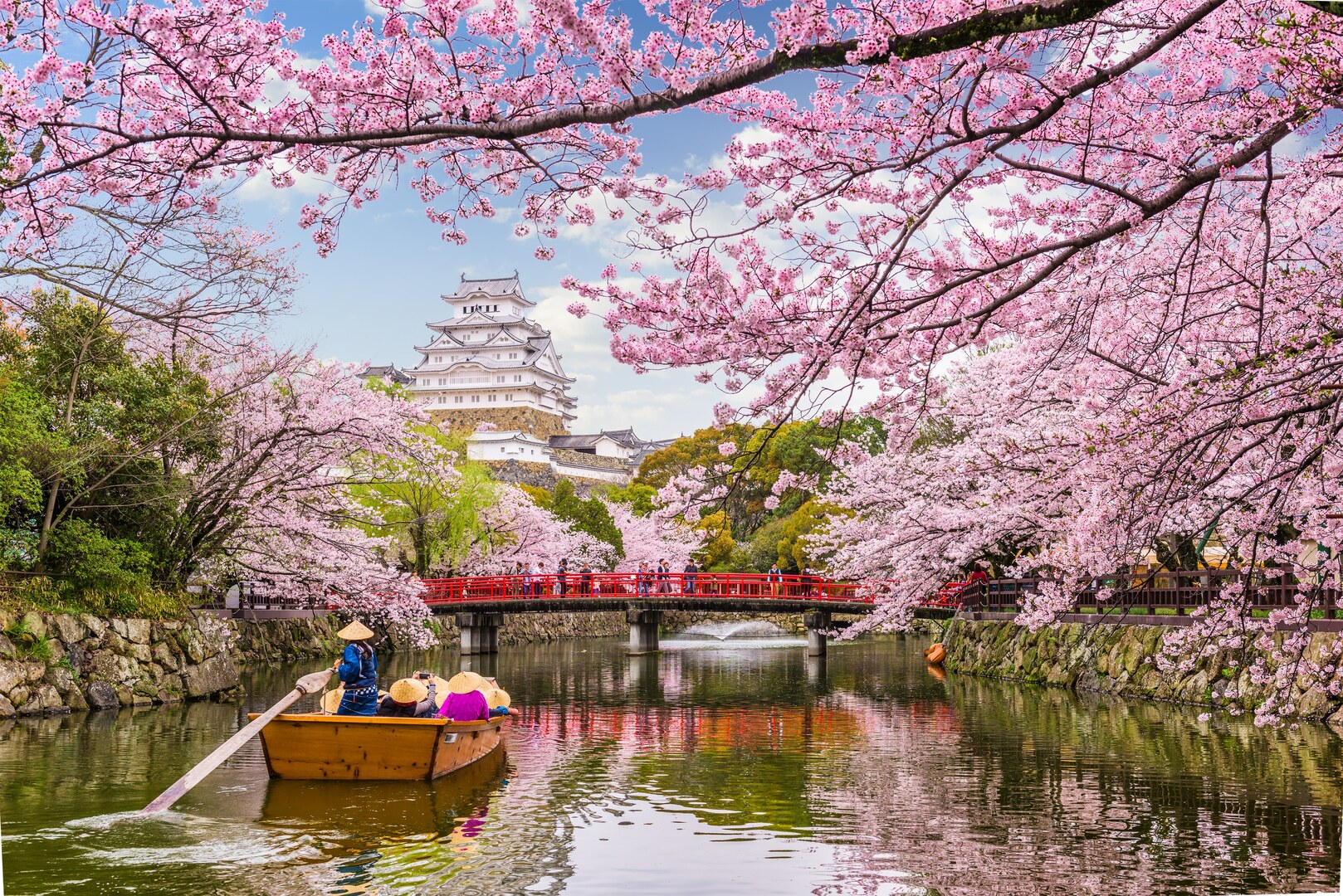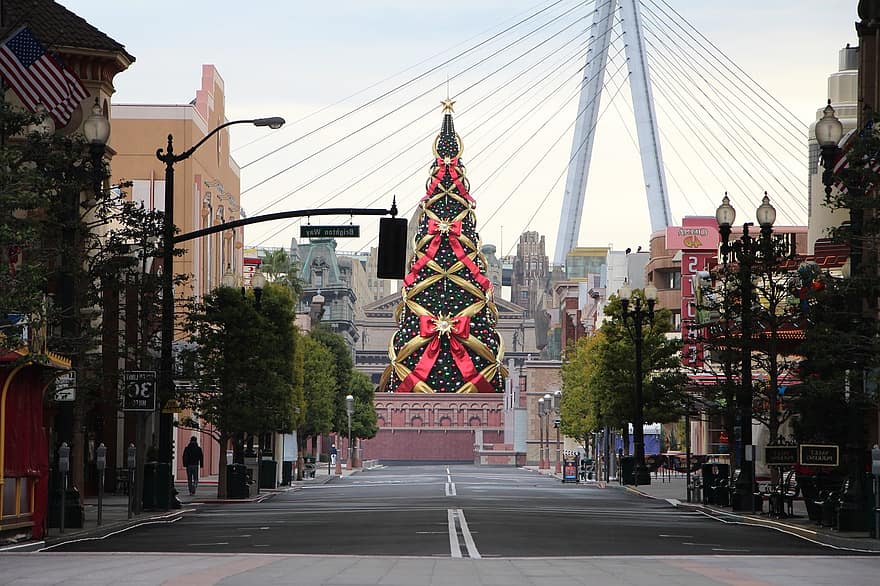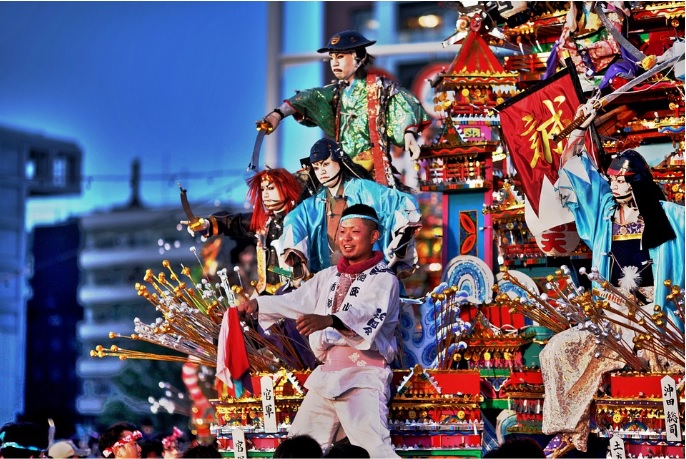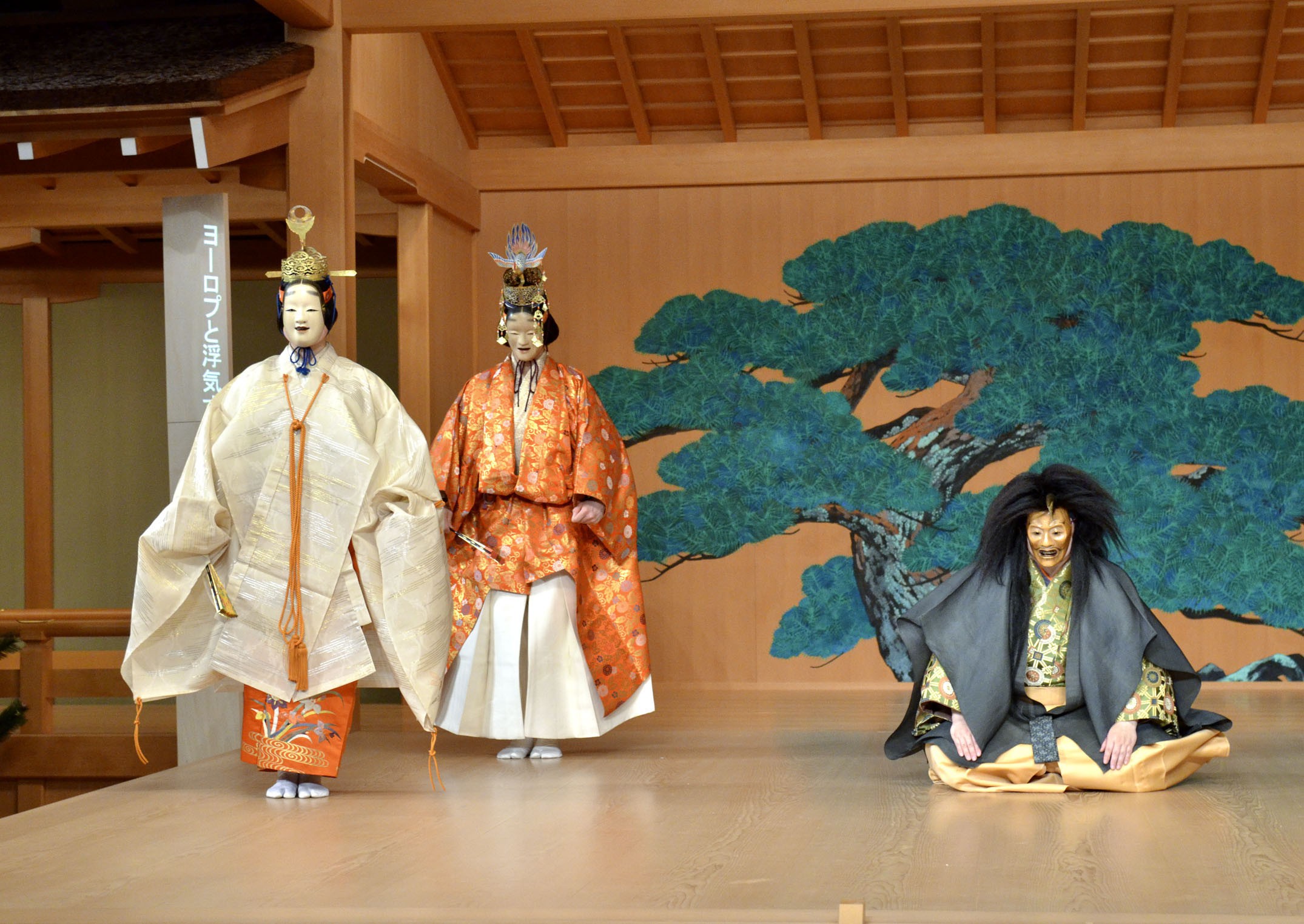
Performing Arts is one of the intangible evidences of Japan's great preservation of its traditions and cultural identity. Being a ultramodern state filled with new forms of art and entertainment, the people still don't forget to look back where it all started.
In a global scale, Japan apparently influenced theater industry and continuously studied when humanities and art is being talked about. We are sure you've encountered the words Noh, Bunraku, and Kabuki in your arts subject, isn't it? Let us look back and appreciate more the great grandfather of Hatsune Miku, and all kinds of modern Japanese staged arts.
1. Noh Theater (Japanese Drama)

(Photo by avaxnews.com)
Noh derived its name from the word "nō", which means "talent" or "skill". Compared with Western drama, the Noh actors do not act as how we usually see it. They are just storytellers who use limited movements and their masks' expressions or appearance to convey the story.
The dance drama emerged from 12th or 13th century from shrines and temples. Before, it was considered as a ceremonial dance drama performed for the warrior class. It was a form of prayer for peace, longevity and prosperity for the elite.
Noh Theater's existence was once threatened during Meiji Restoration (1868) where the idea of feudalism was being changed. However, the revered artists were able to keep performing. After the last world war, the theater attracted more audiences and gained popularity that caused the total revival of the art.
2. Kyogen
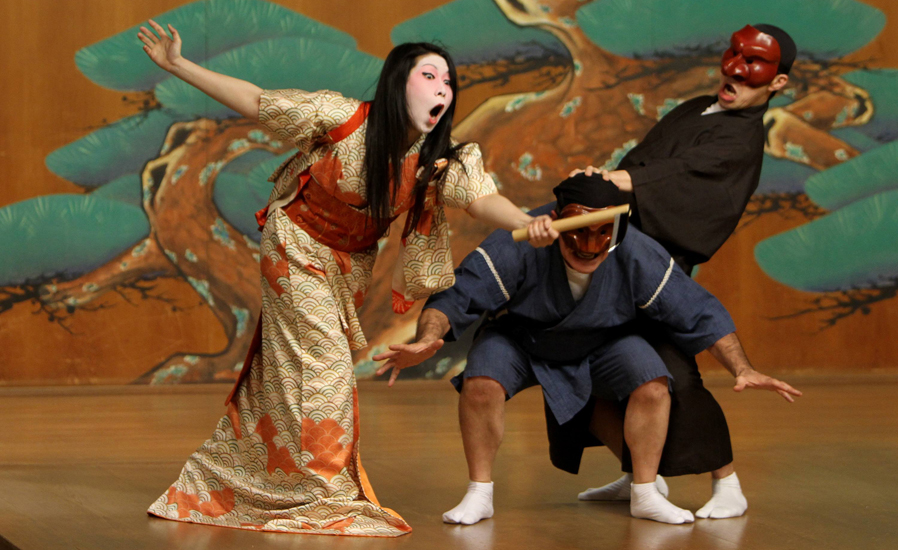
Kyogen is often associated with Noh, as they are both performed in the same stage and for having high artistic value. It is a spoken drama accompanied with dance and music.
In contrast with Noh that concentrates on symbolic ations, Kyogen is more satirical and realistic, which portrays the everyday life and the essence of human nature.
3. Bunraku

(Photo by aforadio.com)
Bunraku, another form of staged art, makes puppets the actors and actresses. These half-size puppets or dolls act out a chanted dramatic narrative called jojuri. The drama is accompanied with the music from the three-stringed Japanese lure called samisen. If you wish to see the traditional Japanese puppetry, head to Kokuritsu Bunraku Gekijō (National Bunraku Theatre; opened 1984) in Ōsaka.
4. Kabuki

(Photo by minamipictures.com)
Filled with showmanship, and highly stylized form of art, Kabuki is another popular drama with singing and dancing. Its exaggerated make up, wigs and costuming are its most notable points. These also aids the actors to demonstrate their visual and vocal performance, which is also exaggerated.
It usually presents conflicts involving religion and more general moral sentiments. The whole performance consists of two or more themes that lack unifying element.
Kabuki theaters may have headsets rental for foreign audiences with English narrations and explanations.
In your next visit to Japan, don't forget to watch one or all of these theater performances!
